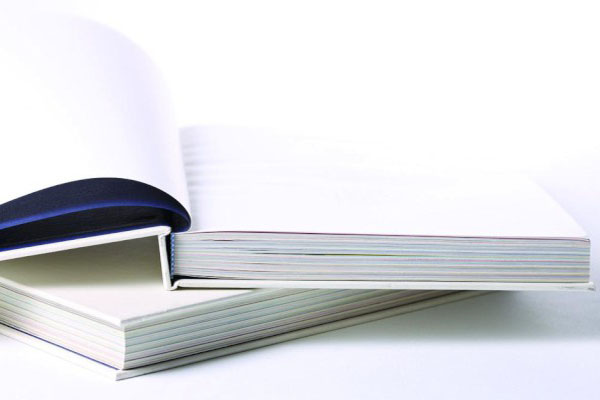【#第一文档网# 导语】以下是®第一文档网的小编为您整理的《读陈寅恪《韦庄〈秦妇吟〉校笺》札记》,欢迎阅读!

读陈寅恪《韦庄〈秦妇吟〉校笺》札记 姜红霞 【期刊名称】《铜仁学院学报》 【年(卷),期】2015(000)003 【摘 要】“The notes and proof of Qinfuyin written by Wei Zhuang” is one of Chen Yinge’s masterpieces that interprect poems by applying the approach of “Interprecting Poetry by History”. The article had aroused a upsurge in academia since it was published. Some scholars questioned that — Mr. Chen was in much doubt and believed that“Yangpuguan” was mistakenly written to “Yangzhenguan”. According to the actual geographic position and walking direction, they thought there was a contradiction. For this reason, I’m going to get back to the content of the poem itself, to prove its rationality about Chen’s guess with the historical records, from the point in time and route which Qin Fu ran to the east. Besides, I read “Qinfuyin” again and again and feel deeply that the rhythm is harmonious and the melody is exquisite. However, the long poem was widely circulated among people when it was born. I’ll venture to guess that maybe “Qinfuyin” was widely sung among many singers as a poem, exerting a profound influence, and then it had gradually swept over the fork.%《韦庄〈秦妇吟〉校笺》是陈寅恪先生“以史证诗”释诗方法的代表名篇之一,文章一经问世就在学界掀起了《秦妇吟》研究之风潮。其中不乏学者对陈先生“颇疑‘杨震关’实为‘杨仆关’之讹写”的猜测提出质疑,认为这一猜测与实际地望和行程相矛盾。鉴于此,笔者试图回归《秦妇吟》长诗文本本身,并结合史料,从“秦妇”东奔的时间节点和路线行程两个角度出发来佐证陈寅恪先生猜测的合理性。另外,笔者通过反复吟读《秦妇吟》一诗,较深地感受到这首长诗音韵之和谐、旋律之优美,而诗作诞生的当时,民间就广有流传,并被制为幛子悬挂,作者则被呼为“秦妇吟秀才”,与被称为“长恨歌主”的白居易并称佳话。一首诗歌竟能够产生如此深广的影响,笔者大胆猜测《秦妇吟》或作为歌诗被歌者广为传唱,遂逐渐风靡于民间。 【总页数】6页(P120-125) 【作 者】姜红霞 【作者单位】首都师范大学 文学院,北京 100048 【正文语种】中 文 【中图分类】I207.22 【相关文献】 1.论韦庄《秦妇吟》的叙事特色 [J], 郑燕姣; 2.陈寅恪的“文史互证”探析——以《<秦妇吟>校笺》为例 [J], 曾欢欢 3.论韦庄《秦妇吟》的叙事特色 [J], 郑燕姣 4.韦庄自禁《秦妇吟》新探 [J], 陈琴 5.从《秦妇吟》看唐末的黄巢起义——读《韦庄集》一得 [J], 方宁 因版权原因,仅展示原文概要,查看原文内容请购买 本文来源:https://www.dywdw.cn/b15b098f2fc58bd63186bceb19e8b8f67c1cef2d.html

